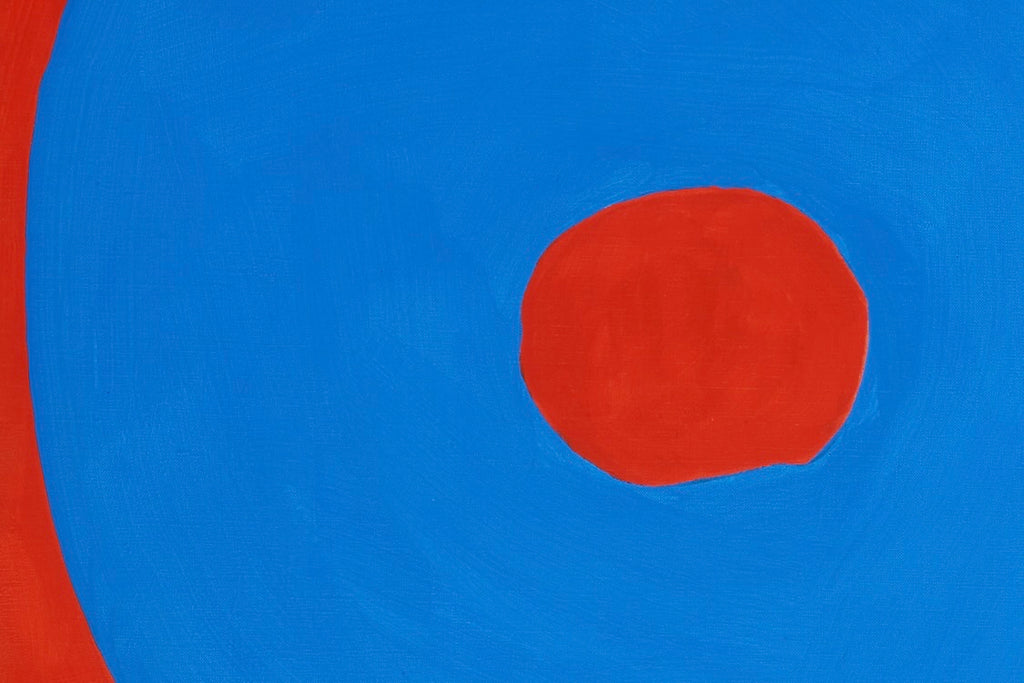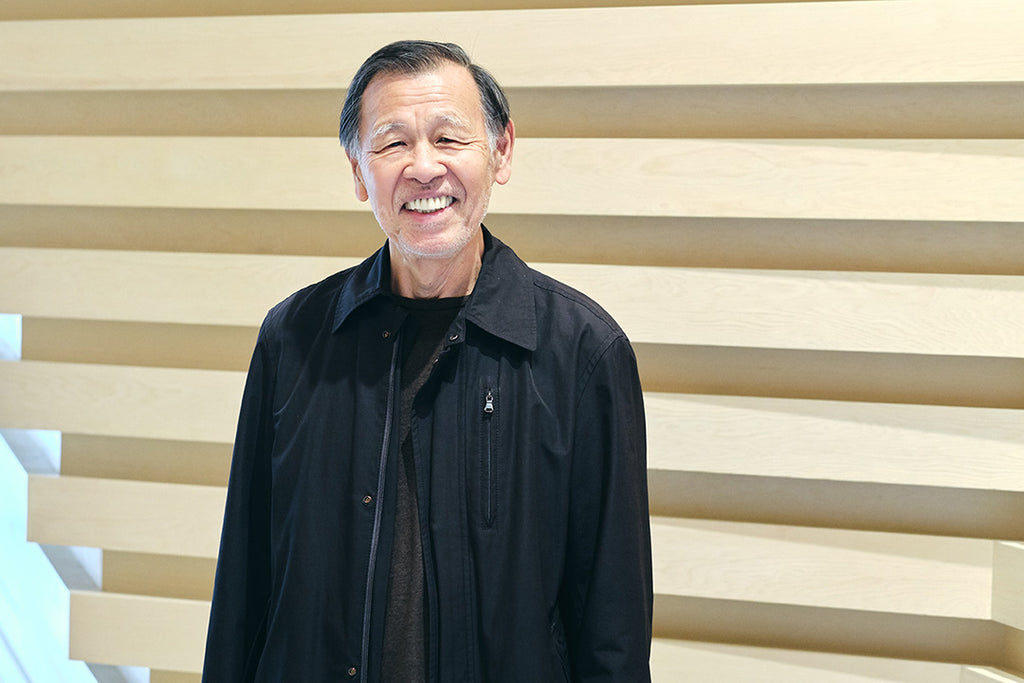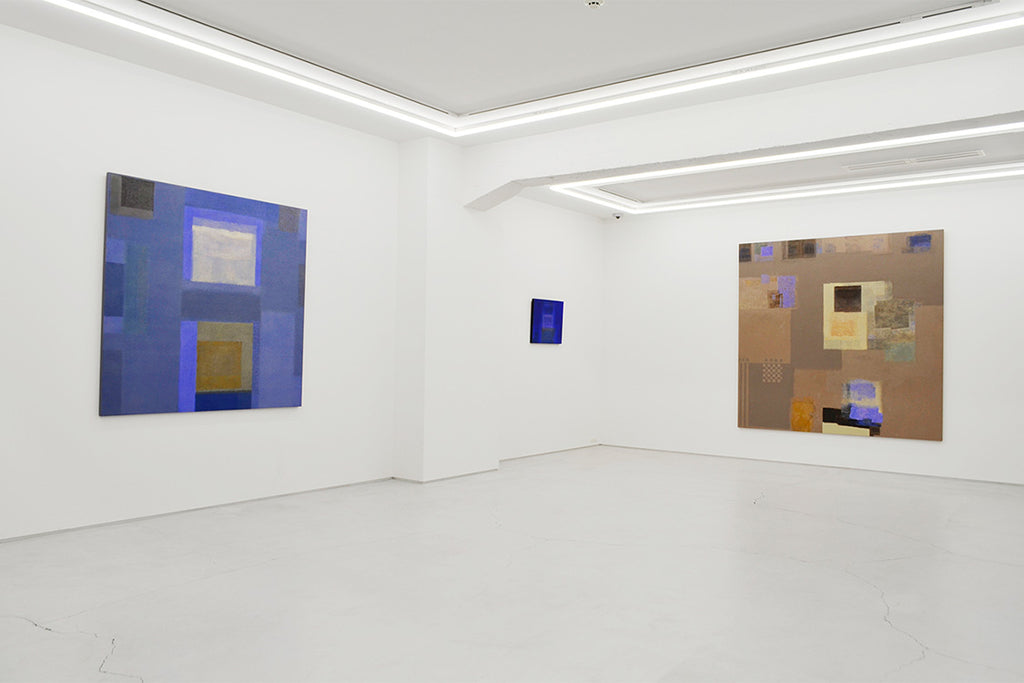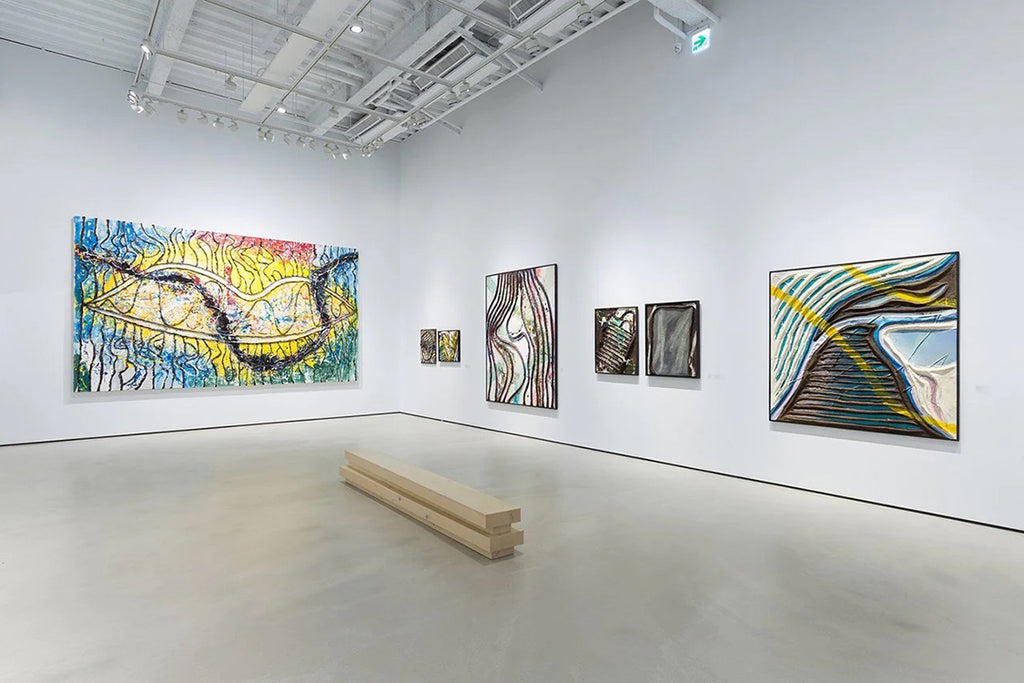ARTICLES
The Beautiful Universe of Kazuyuki Futagawa Portraying the Invisible
A New Appreciation Contemporary Japanese and Asian Art
10/23

Kazuyuki Futagawa’s artworks
In our ongoing series, we present the digital archive of the book 'A New Appreciation Contemporary Japanese and Asian Art' This book delves into internationally acclaimed artists and the dynamics of the Asian art market. The tenth installment introduces Kazuyuki Futagawa.
The Beautiful Universe of Kazuyuki Futagawa Portraying the Invisible
Sanae Nogami
Art Critic, Doctor of Philosophy
Before Dawn
The landscapes and scenery we encounter on journeys are specific to particular places and times, and ephemeral to us. They are forgotten in the darkness and confusion of memory. Kazuyuki Futagawa’s works revive the scenery of nostalgia at the depths of memory. Through his many sketches, he transforms what would be a fleeting travel memory into something lasting and universal. Entrusting him.self annually to the deep forests of Yakushima, with its damp soil and 3000 year old Jomon ceder trees, he creates paintings that unify the space and give viewers a sense of vision.
Rather than a reflection of the world we actually see, Futagawa creates something that responds to our notion of our memories, filling out what is lacking in our memories. We become lost in the memories he creates.

Kazuyuki Futagawa
Wild Landscapes
Since ancient times, trees have been believed to carry symbolic religious meaning and spiritual power. The 8th century Chronicles of Japan contains the passage: "In the Central Land of Reed Plains, the rocks, trees and herbs can speak.” (Nihon shoki, vol. 1, book 2, tr. W.G. Aston, Cosimo Books, 2008, p. 64).Trees and grass overflow with the vitality of nature. In the animistic view of nature, stones, trees, waterfalls, and animals such as bears and deer are all invested with Shinto ’kami’ sacred spirits. The concept of the natural landscape as spiritual and sacred has long been the foundation of Japanese faith. This gives us the opportunity to open our eyes to the beauty of nature. Many of Futagawa’s paintings allow us to grasp the aesthetics of spirituality, in other words a non-Western perspective and view.point. While intuitive, there is something spiritual about the rough texture of moss covering the ground surface, trunks, and protruding roots of old trees. Viewers get lost in the rich depth of sensual silence. The trees spread their roots vertically and horizontally on top of and to the depths of the earth in order to source water. The leaves and branches above rustle and robustly intertwine. Fu.tagawa’s paintings provide a context that reveals the unnoticed pantheistic meaning of the relationship between humans and nature. He allows his paintbrush to pursue nature beyond the constraints of human life bound to instability and death. His paintings are based on an unshakable belief in the tremendous harmony of sensuality and dignity and the particular loneliness of the deceptively silent landscape.
Without doubt, a paradigm shift in the idea of beauty, like that engendered by Marcel Duchamp, has occurred. However, it does not reach the level of negating Baumgarten’s idea of sense perception. Futagawa’s expression of Yakushima extends beyond mimesis and depends greatly on the artist’s advanced ability of description. Deeply carved surface ridges, undulating tree trunks and unexpected hollows stand for life itself. Branches exist as necessity, not as decoration. In this sense, its departure from clear norms of beauty is distinct from the pluralism of post-modernism that places value on originality. In a superficial comparison, what might be recognized as similar clearly differs from a photograph.

Kazuyuki Futagawa ”Yuki”, 2008, 112x162 cm
Brushstrokes Bold and Delicate
Futagawa’s overwhelming descriptive power gives us the illusion of being lost. It is not true that the more accurate a sketch is the more it resembles a photograph. Futagawa’s use of mineral pigments, the sensation of his Japanese brush on Japanese washi paper, these obviously result in something different from a photo. Approaching the painting, reconstructed from numerous drawings, one can hear the rough texture of the mineral pigments. All living things, whether trees, grass, or water, dance freely.
Whether his strokes are delicate or bold, Futagawa’s paintings contain three characteristics. One has to do with his thoughts on landscape. Here there is a longing for a universal view of nature ‘as is,’ as inherited from ancient times. The second is an uncompromising belief in the pursuit of detail, wherein the kami dwell. The third is the belief that nature is at all times full of light and air. It must be added that the light he depicts achieves value through the nuance of shadow. Icarus fell to the ground when his wings were melted by the sun. Intense light is blinding. The soft compassionate light Futagawa depicts embraces us.
A landscape painting cannot be produced through the longing for nature and an ability to observe reality. To recognize and envision an object, it is necessary to grasp the atmosphere surrounding it, including even the moisture of the space in which it exists. This is not simply copying. Futagawa set himself the task of ‘depicting the unseen.’ He is able to do that, to acrobatically set space free, by taking full advantage of his unparalleled technique.
Sanae Nogami

Born in Kagawa prefecture. Graduated Musashino Academia Musicae; Masters Degree, Graduate School of Education, Tsukuba University. Masters Degree, Graduate School of Humanities and Social Sciences, Tsukuba University; Doctor of Philosophy, Doctor of Literature, specializations in Ethics, care, home schooling. Vice President of the Japan Society for Home Education; President of the Family Education Support Association. Home educator, home education advisor. Tsukuba University post-doctoral fellow. Art critic. Selected publications include, Tsukuba University Philosophy and Thought Series, Home Education Research, and others.
Book Information
Title: A New Appreciation Contemporary Japanese and Asian Art (English Edition)
Publisher : Whitestone Co., Ltd.
Release Date : February 26, 2020
*Information in this article is at the time of publication.
ARTIST
RELATED ARTICLES
-

Life in New York as an Artist: Harmony of Art, People, and Space
A New Appreciation Contemporary Japanese and Asian Art
23/23 -

Discovering the Essence of Art: Renowned American Artist, Tadaaki Kuwayama
A New Appreciation Contemporary Japanese and Asian Art
22/23 -

Painting that Does Not Resemble to Anyone Else’s Expression that Reaches the Deepest Layer of the Heart
A New Appreciation Contemporary Japanese and Asian Art
21/23 -

Being Gutai Is All About Myself
A New Appreciation Contemporary Japanese and Asian Art
20/23



